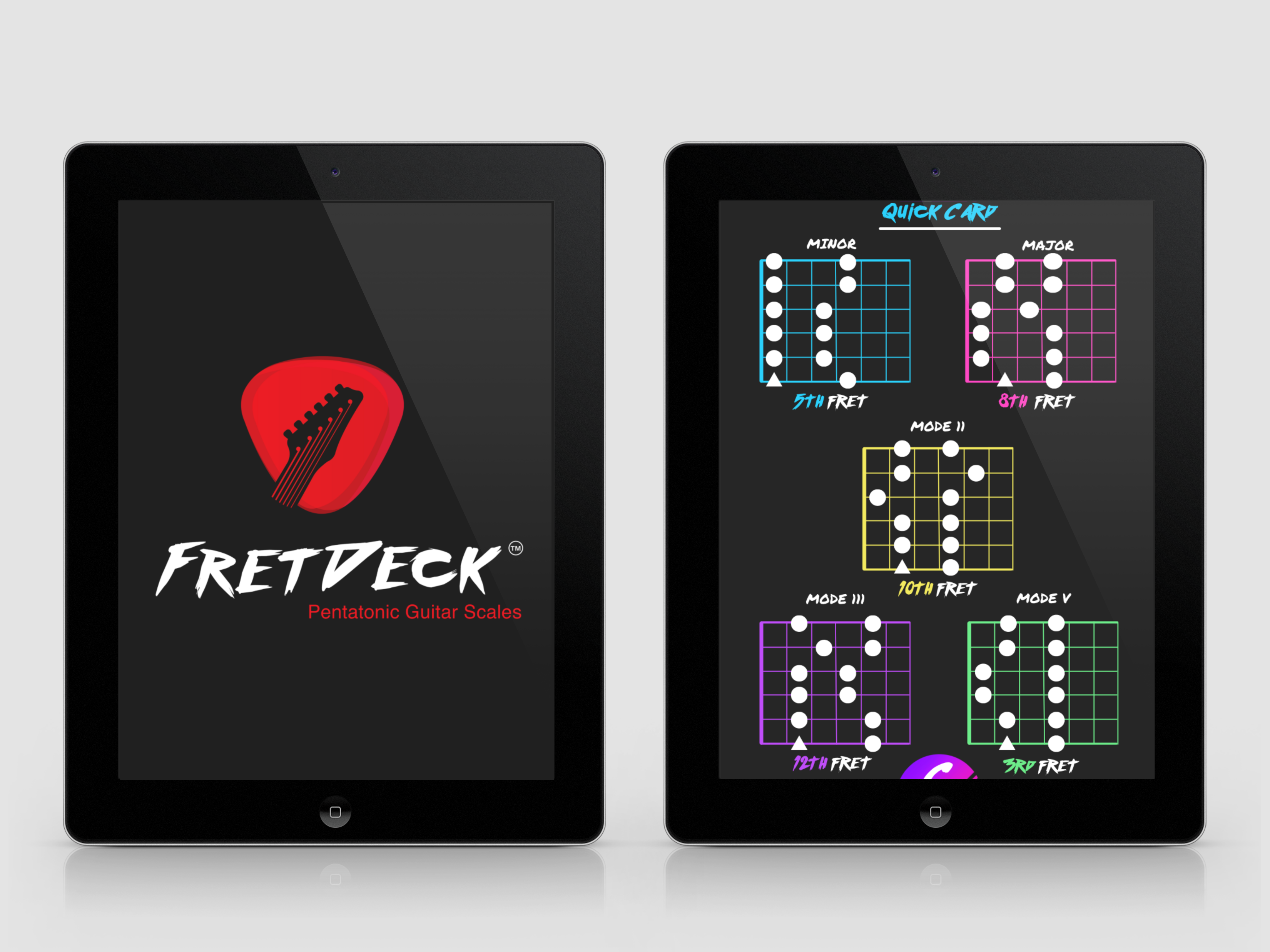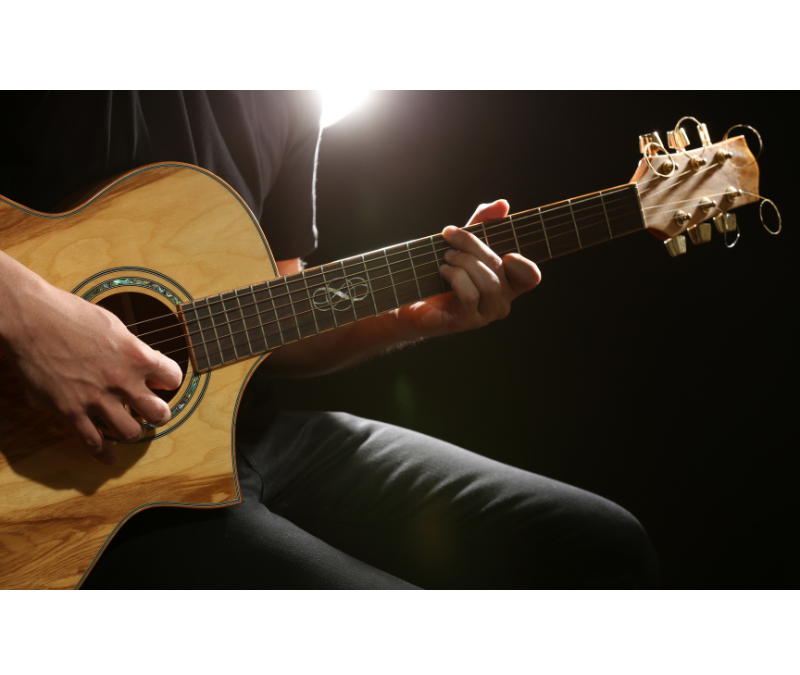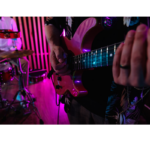If you’re a beginner guitar player, you’ve likely heard the term “guitar chords beginner” thrown around as a key phrase to jump-start your journey. Whether you’re playing rock, pop, blues, or folk, guitar chords are foundational. One of the most powerful ways to learn these essential chords is through a method called the CAGED system. This approach breaks down the guitar’s fretboard and teaches you how to play basic chord shapes that can be moved up and down the neck, opening up the entire guitar for exploration.
In this guide, we’ll cover the following:
- What are beginner guitar chords?
- An introduction to the CAGED system.
- How to practice basic chords using the CAGED system.
- Chord transitions and tips for smooth playing.
- How to apply the CAGED system to learn guitar chords.
- Putting it all together with progressions and examples.
What Are Beginner Guitar Chords?
A chord is a combination of at least three notes played simultaneously. On the guitar, these chords are constructed by pressing down on certain frets across multiple strings. Most songs you’ll encounter as a beginner rely heavily on open chords and barre chords. But before you can master barre chords, you’ll want to start with basic open chords.
Basic open chords are called “open” because they include strings that aren’t pressed down (open strings). Some of the most common beginner chords include:
- C Major
- A Minor
- G Major
- E Minor
- D Major
These five chords form the foundation for many songs across various genres, and by learning them, you’ll be able to play hundreds of songs. But how can you learn them efficiently and understand how they work across the guitar’s fretboard? This is where the CAGED system comes in.

Download The FretDeck & Pentatonic Secrets Course!
Download Our Course
An Introduction to the CAGED System
The CAGED system is a powerful framework that teaches you how chords are linked together on the guitar fretboard. The name “CAGED” comes from five basic chord shapes: C, A, G, E, and D. These shapes can be used to form any major chord by simply moving them up and down the neck and adjusting where you place your fingers.
In essence, the CAGED system shows how each of these chords is connected, helping you visualize the guitar as a cohesive unit rather than a series of unrelated shapes.
Here’s a breakdown of the five chord shapes that make up the CAGED system:
- C Shape: The open C major chord, which can be moved up the neck to form other major chords.
- A Shape: The open A major chord, another shape you can slide up and down to play different chords.
- G Shape: The open G major chord, which forms the basis for other chord types when moved.
- E Shape: The open E major chord, also very common in barre chords.
- D Shape: The open D major chord, which can also be moved around the neck.
Each of these shapes corresponds to a major chord, and by learning how to play these shapes across the fretboard, you’ll unlock a versatile way to play chords in any key.
How to Practice Basic Chords Using the CAGED System
When you’re just starting out, it’s best to begin with open chords. Start by learning the open versions of each of the CAGED shapes:
- C Major Chord (C Shape):
- Place your ring finger on the 3rd fret of the 5th string (A string), middle finger on the 2nd fret of the 4th string (D string), and index finger on the 1st fret of the 2nd string (B string).
- Strum from the 5th string down, leaving the 1st and 3rd strings open.
- A Major Chord (A Shape):
- Press down on the 2nd fret of the 4th, 3rd, and 2nd strings with your index, middle, and ring fingers.
- Strum from the 5th string down, leaving the 1st and 5th strings open.
- G Major Chord (G Shape):
- Place your ring finger on the 3rd fret of the 6th string, middle finger on the 2nd fret of the 5th string, and pinky on the 3rd fret of the 1st string.
- Strum all six strings for a full G major sound.
- E Major Chord (E Shape):
- Place your index finger on the 1st fret of the 3rd string, middle finger on the 2nd fret of the 5th string, and ring finger on the 2nd fret of the 4th string.
- Strum all six strings for a full, rich E major sound.
- D Major Chord (D Shape):
- Place your index finger on the 2nd fret of the 3rd string, ring finger on the 3rd fret of the 2nd string, and middle finger on the 2nd fret of the 1st string.
- Strum only the bottom four strings for a clean D major chord.
Chord Transitions and Tips for Smooth Playing
One of the biggest challenges for beginner guitarists is transitioning smoothly between chords. It takes time and practice to move your fingers quickly and accurately, but there are a few strategies that can help:
- Economy of Motion: Try to minimize how much your fingers move. Keep your fingers close to the fretboard when transitioning between chords.
- Slow Practice: Practice chord changes slowly and increase speed over time. Set a metronome to a slow pace and gradually work up the tempo.
- Anchor Fingers: Look for common fingers between chords that don’t need to move. For example, when transitioning from C major to A minor, your index finger can stay in place.
By practicing slow and focusing on clean transitions, you’ll build muscle memory that will make changing chords much easier over time.
Applying the CAGED System to Learn Guitar Chords
Once you’ve mastered the basic open chords, it’s time to apply the CAGED system to start exploring the fretboard. Each chord shape (C, A, G, E, and D) can be moved up the neck to form other major chords. To do this, you’ll need to learn how to “barre” certain frets.
Let’s break down how to use the CAGED system to form a C major chord in different positions:
- C Shape: You already know the open C chord, so no change here.
- A Shape: Move the open A major shape up three frets to form a C major chord. You’ll need to barre the 3rd fret to play it.
- G Shape: Take the open G chord and move it up to the 8th fret, barring the 8th fret to form a C major chord.
- E Shape: The most common barre chord, move the open E major shape to the 8th fret and barre across the 8th fret.
- D Shape: Move the D major shape up to the 10th fret, barring the 8th fret to play a C major chord.
As you can see, each chord shape allows you to play the same chord in different positions. This is incredibly useful when you want to play higher on the neck or add variety to your chord progressions.
Putting It All Together: Progressions and Examples
Now that you understand the CAGED system and the basics of chord transitions, let’s put everything into practice by playing some common chord progressions using the CAGED system.
1. C – G – Am – F
This progression is used in countless pop and rock songs. Try playing it using the open chord versions and then explore how to play these chords higher up the neck using the CAGED system.
2. D – A – Bm – G
This is another common progression in many genres. Practice transitioning between these chords smoothly, first in their open shapes and then with the CAGED system to add variety.
3. G – C – D – G
A classic progression in folk and country music. Experiment with different positions of these chords using the CAGED system for a fresh sound.
Final Thoughts
Mastering guitar chords beginner is the first step toward becoming a confident guitarist, and using the CAGED system will allow you to explore the entire fretboard and play chords all over the neck. By practicing these open chord shapes and understanding how they fit into the CAGED framework, you’ll unlock new possibilities for your playing.
So, grab your guitar, start with the basic open chords, and use the CAGED system to take your playing to the next level. Learning guitar chords for beginners is only the beginning, and the CAGED system will ensure you’re well on your way to understanding the guitar in its entirety.

Download The FretDeck & Pentatonic Secrets Course!
Download Our Course










